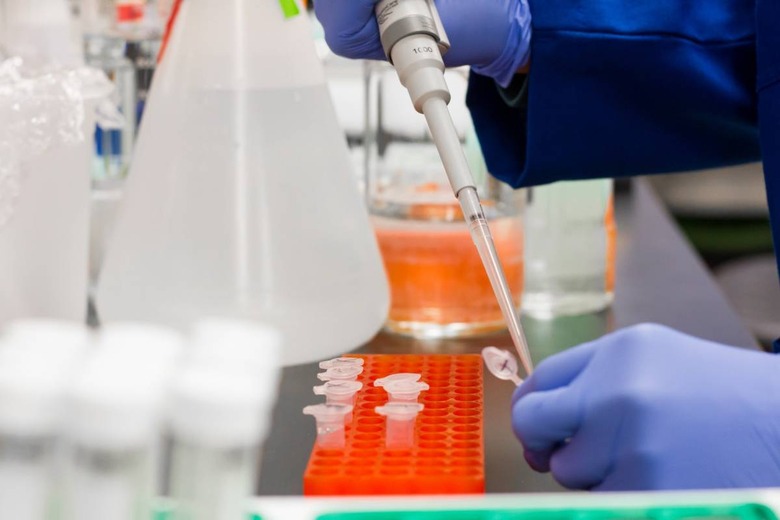This COVID-19 Saliva Test Is Some Coronavirus Good News
A new coronavirus test that doesn't require uncomfortable throat or nasal swabs has been given the go-ahead by the FDA, as tools to gage the COVID-19 pandemic continue to use the agency's emergency authorization process. So far, testing for detection of the SARS-CoV-2 virus have relied on a swab being pushed into the nose or throat, something which is both uncomfortable for the patient and potentially risky for the healthcare worker.
One of the side-effects of nasal swabs can be that it triggers a sneeze response. Even if the healthcare working performing the test is wearing a face mask, they can still be at risk from infection from the droplets in that sneeze.
A new test developed by Rutgers' RUCDR Infinite Biologics, however, takes a different approach. It relies on saliva as its primary test biomaterial, making it the first such test that has been granted emergency use authorization (EUA) by the US FDA. As well as the reduced risk of infection, it also promises to be much quicker to take samples, and have a positive impact on availability of personal protective equipment.
"It means we no longer have to put health care professionals at risk for infection by performing nasopharyngeal or oropharyngeal collections," Andrew Brooks, chief operating officer and director of technology development at RUCDR, explained. "We can preserve precious personal protective equipment for use in patient care instead of testing. We can significantly increase the number of people tested each and every day as self-collection of saliva is more quick and scalable than swab collections."

The samples can be gathered in a wide variety of locations, and indeed will be used at a new drive-thru testing facility in New Jersey from Wednesday, April 15. Analysis itself is done at Rutger's own lab, though the research team says that it's in talks with other life sciences companies about expanding that.
Insufficient access to coronavirus testing has meant assessing the spread of the disease – and the mitigating impact that social distancing and stay-at-home orders implemented in some areas have on it – is tricky. Adding complexity, those infected with COVID-19 can be infectious for two days before they exhibit any symptoms whatsoever. Even after that period, a not-insignificant percentage of those infected may never show any symptoms, despite being capable of transmitting the virus to others.
That has a huge impact on managing the quarantine process, particularly when it comes to workers in vital roles like healthcare. The CDC released new guidance last week about when those exposed to COVID-19 could go back to work, in part to reflect the shortage of explicit testing facilities.
